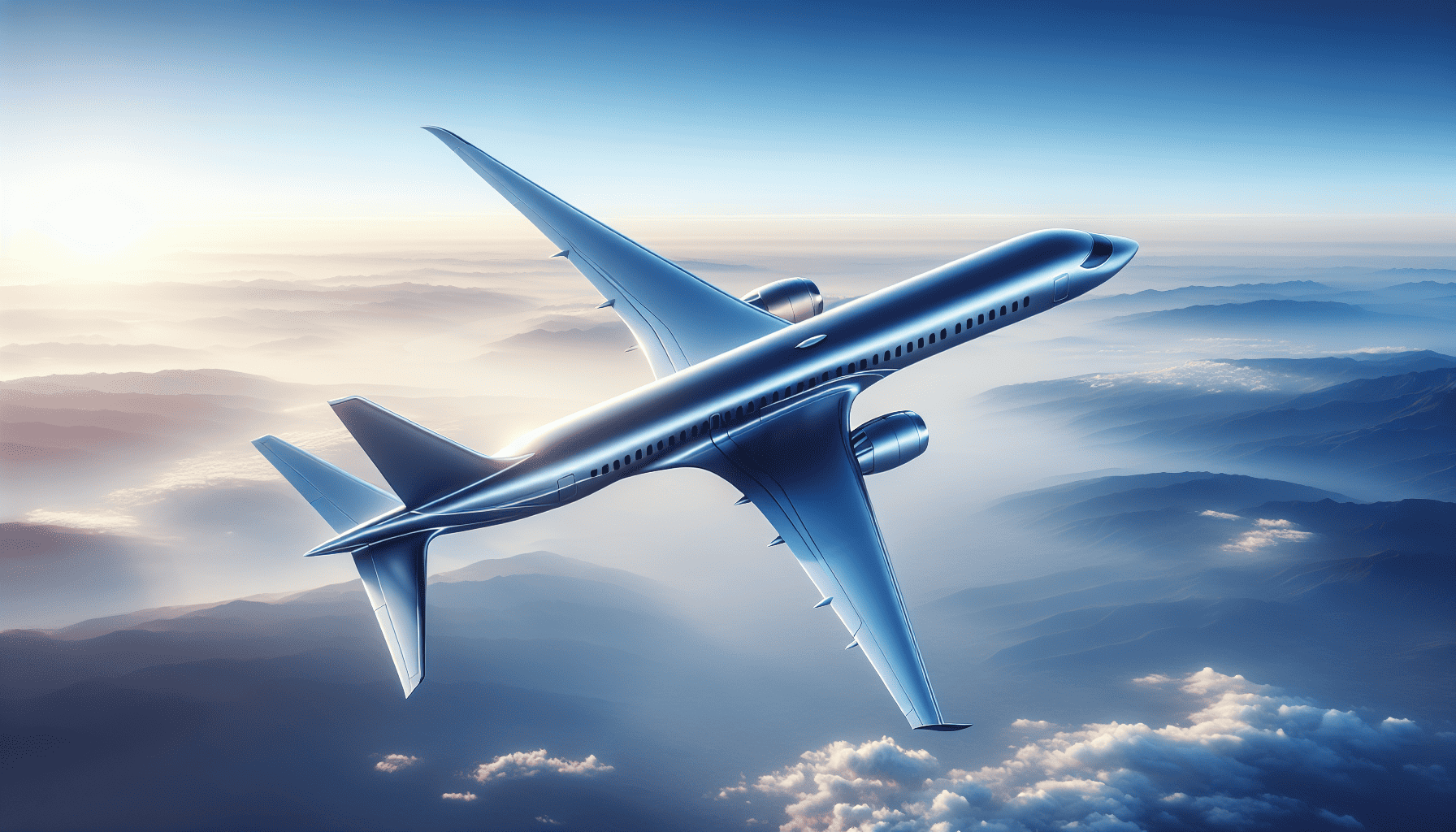In the realm of aviation, the quest for flight efficiency and enhanced performance has continually driven advancements in aerodynamic design. Aerodynamics, the study of the properties and motion of air in relation to solid surfaces, is the backbone of efficient flight. By optimizing these aerodynamic properties, engineers and scientists have improved the performance of aircraft in terms of speed, fuel efficiency, and overall effectiveness.
One of the key principles in aerodynamic design is minimizing drag, which is the resistance an aircraft faces as it moves through the air. Drag is a primary obstacle to efficiency, as it requires more engine power—and thus more fuel—to overcome. Engineers employ various strategies to reduce drag, including refining the shape of the aircraft. Streamlined fuselages, for instance, are designed to allow air to flow smoothly over the surface, reducing the amount of turbulent airflow and thus drag.
Wing design also plays a crucial role in optimizing aerodynamics. Modern aircraft wings are often designed with a high aspect ratio, meaning the wings are long and slender. This shape reduces drag by decreasing the wingtip vortices, the spiral patterns of rotating air left behind as the wing moves through the air. These vortices consume energy and lead to increased drag, but an elongated wing helps minimize their impact.
Laminar flow control is another advanced aerodynamic technique used to enhance performance. By maintaining a smooth and steady airflow over the surface of the wing, laminar flow reduces the friction between the air and the wing. Engineers have developed specialized surface coatings and even microelectromechanical systems (MEMS) to maintain laminar flow, further diminishing drag and enhancing fuel efficiency.
The advent of computational fluid dynamics (CFD) has revolutionized aerodynamic design. Through advanced simulations, engineers can analyze and predict the behavior of airflow around various shapes without the need for expensive wind tunnel testing. This enables rapid prototyping and testing of design modifications, allowing engineers to fine-tune every aspect of the aircraft for optimal performance.
New materials have also opened the door to more efficient aerodynamic designs. Lightweight composites, such as carbon fiber, provide the strength needed for structural integrity while significantly reducing weight. A lighter aircraft requires less lift, and consequently, less fuel. These materials also allow for the incorporation of more complex shapes that enhance aerodynamic efficiency.
Furthermore, the development of adaptive and morphing aerodynamics has introduced dynamic changes into the design of aircraft. These technologies allow aircraft surfaces to change shape during flight, optimizing performance for different flight conditions. For example, a wing might extend to a longer shape for greater lift during takeoff and landing but retract to reduce drag during cruising.
In addition, nature has been a significant source of inspiration for advanced aerodynamic designs. Biomimicry—designing aircraft based on characteristics found in nature—has led to innovations like winglets, which mimic the wingtips of soaring birds to reduce drag and improve fuel efficiency. These winglets work by reducing the strength of wingtip vortices and thus optimizing aerodynamic performance.
In conclusion, advanced aerodynamic techniques are central to enhancing flight efficiency and performance. Through innovative design, the application of new technologies, and insights drawn from the natural world, engineers continue to push the boundaries of what is possible. As we look to the future, the integration of artificial intelligence, autonomous systems, and even more advanced materials promise to lead us into a new era of aerodynamic optimization, where flight efficiency and performance reach unprecedented heights. The journey of mastering the skies is far from over, with every advance in aerodynamics paving the way for more ambitious endeavors in aviation.
